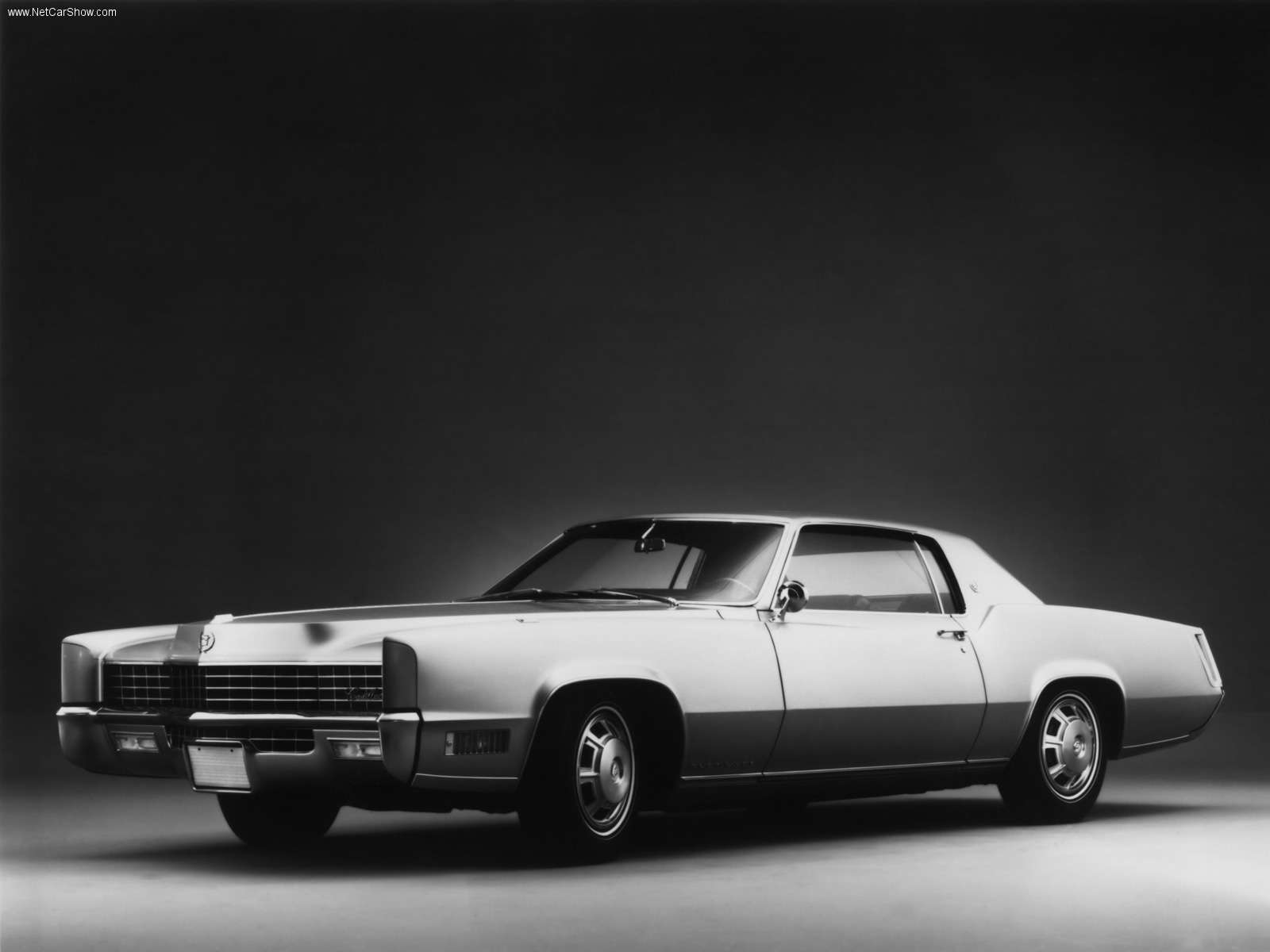The Cadillac has always sat at the top of the tree of American car brands. In American popular culture it is synonymous with status, prestige and luxury and it is the car that aspiring Americans want to own. Yet in Britain and the rest of Europe, Cadillac scores very low on the scale of brand awareness among prestige car buyers. Cadillac's concept of a prestige motor car has never exactly corresponded to what Europeans expect.
For this reason, Cadillac does not score high on level of interest among European classic car enthusiasts either. Few Europeans have personal recollections of a Cadillac to be nostalgic about. In fact, their only associations are likely to be with movies like the Coupe de Ville in The Deer Hunter or the various limousines in The Godfather. So, it is easy for many classic car buffs outside America to overlook the important role that Cadillac has had in the development of the motor car as we know it today.
The company was founded in 1902 by William H Murphy out of the remains of a failed attempt to start a car manufacturing company involving Henry Ford. Murphy chose not to use his own name for the company but instead wisely chose the more romantic sounding name of one of his ancestors, Antoine de la Mothe Cadillac, who was also the founder of the city of Detroit. The first Caddys used engines made by Leland and Faulconer and it wasn't long before the two companies merged and Henry Leland who was a great engineer took the helm.
From the outset, Cadillac was all about quality craftsmanship applied to a luxury product. Leland's motto was "craftsmanship a creed, accuracy a law". This was a completely different approach to that of its rival Ford who famously fired their craftsmen in favour of cheaper, unskilled employees. This did not mean that Cadillac did not aim to be a large-scale manufacturer, though. Cadillac never was a hand-made car manufacturer like Rolls-Royce or the other top European prestige marques and the company prided itself on the sheer volume of luxury cars it could produce. Cadillac's production figures were comparable to the largest European manufacturers of any kind of car right up until the 1960s.
Also from the outset, Cadillac was an innovative motor manufacturer. In 1908 Cadillac demonstrated its reliability and commitment to accurately manufactured parts by winning the RAC's Dewar Trophy. Three new Cadillacs were picked at random from eight at the London dealership. These cars were stripped down into their component parts and the pieces jumbled up. A few new spare parts were then thrown in and three new cars were assembled from the pile. These cars were then driven for 500 miles round Brooklands race track with no problems at all. This test showed that all the parts had been accurately made and in an age where parts were often altered and fitted by hand it showed that Cadillac was made to the highest standards.
In 1909 Cadillac became a division of General Motors. This group of car and parts manufacturers was conceived as a strategic alliance where resources could be shared and the divisions be mutually supporting. For example, Cadillac was the premium brand of the group and could be sold as a natural progression from the cheaper brands like Chevrolet for the customer who was rising in his career.
In the early years all motor cars had to be started by turning a crank handle which could be a risky business. In 1912 a young executive was hit in the face by a starting handle and he died from his injuries. This incident led Cadillac to develop an electric starter motor and an integrated electrical system which also included ignition and lighting. The Delco system was adopted by other GM divisions and became the standard followed by all other manufacturers.







